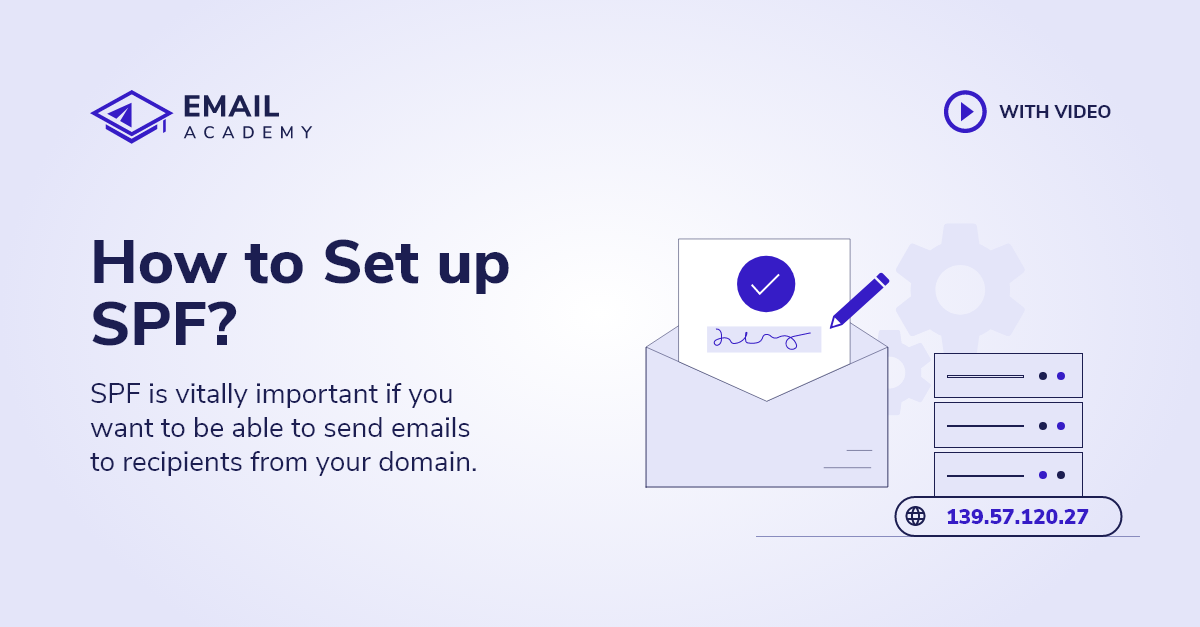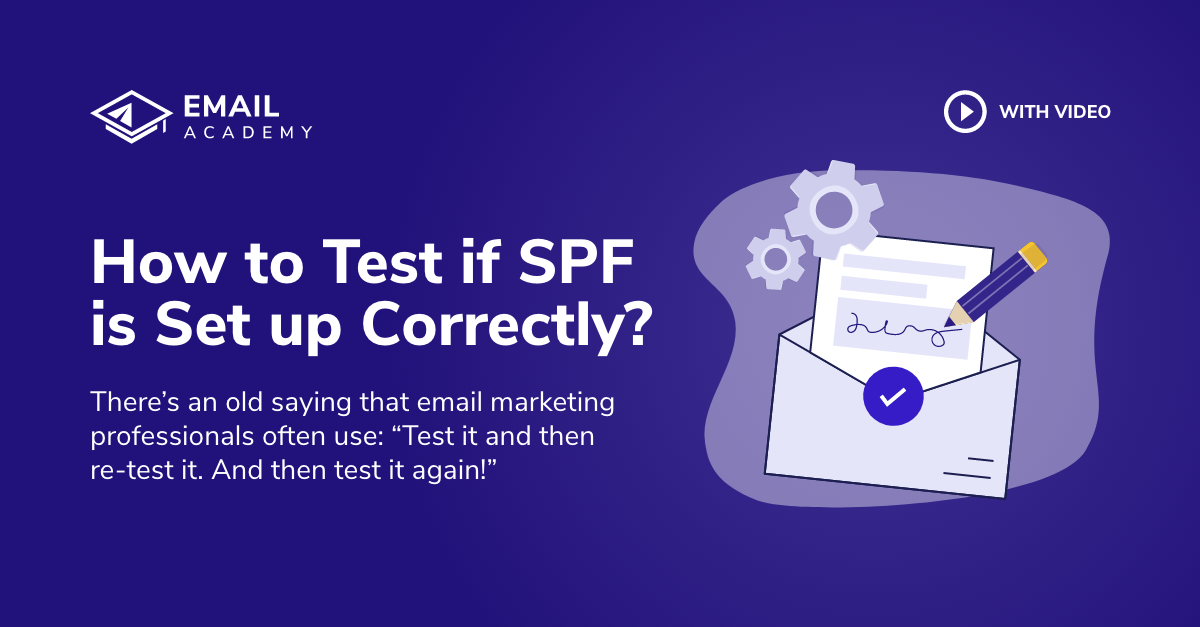What is a spam?
Courses: Email Bounce
Create: 1759 days ago
Update: 1062 days ago
Reading time: 3 min
Spam is unsolicited bulk email. Every day billions of spam emails are sent, calling internet and email service providers for a fight. The only ones to suffer are the genuine email marketers.
From this lesson, you will learn:
- what spam emails are,
- how spam changes the email marketing industry,
- why it is essential to learn about spam even if you do not intend to send spam.
What is a spam/junk email?
The generic definition of spam is unsolicited bulk email. Email is considered a spam if sent to many recipients simultaneously, and the recipients did not ask for the email.
Since 1978, when the first spam was sent, spam has changed a lot. We have seen spam changing from a hobby through marketing legitimate goods and services to criminal activities.
Amount of spam emails sent
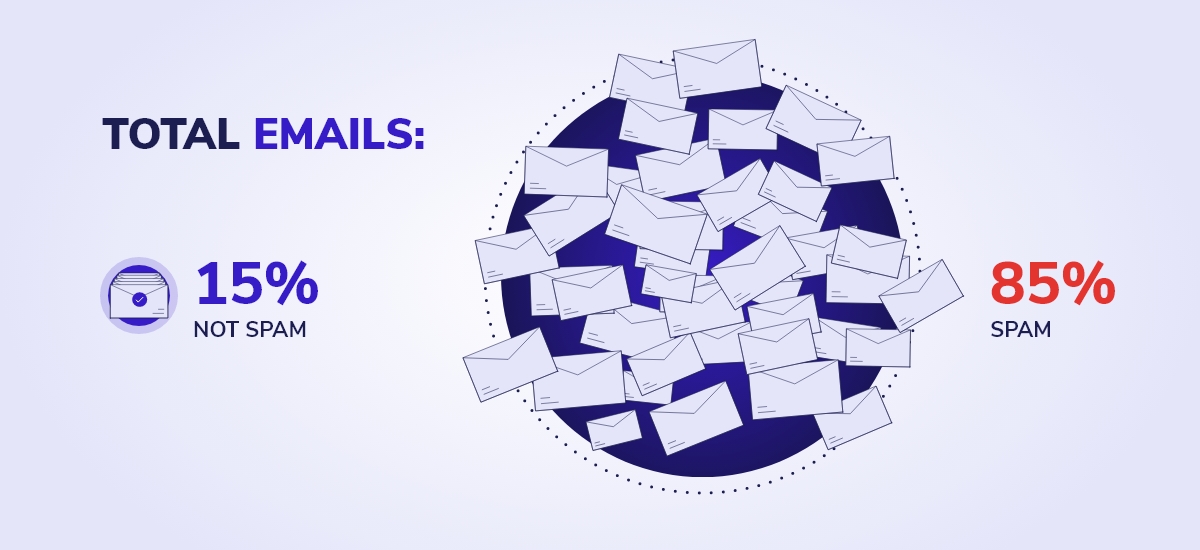
According to TalosIntelligence, 85% of the total emails sent are spam. That is, more than 140 billion spam emails are sent every day. Spammers look at email marketing as a cheap and easy way to reach many people quickly, and many attempts to purchase email lists or collect emails from the internet and send out a quick email.
How ESP’s fight spam
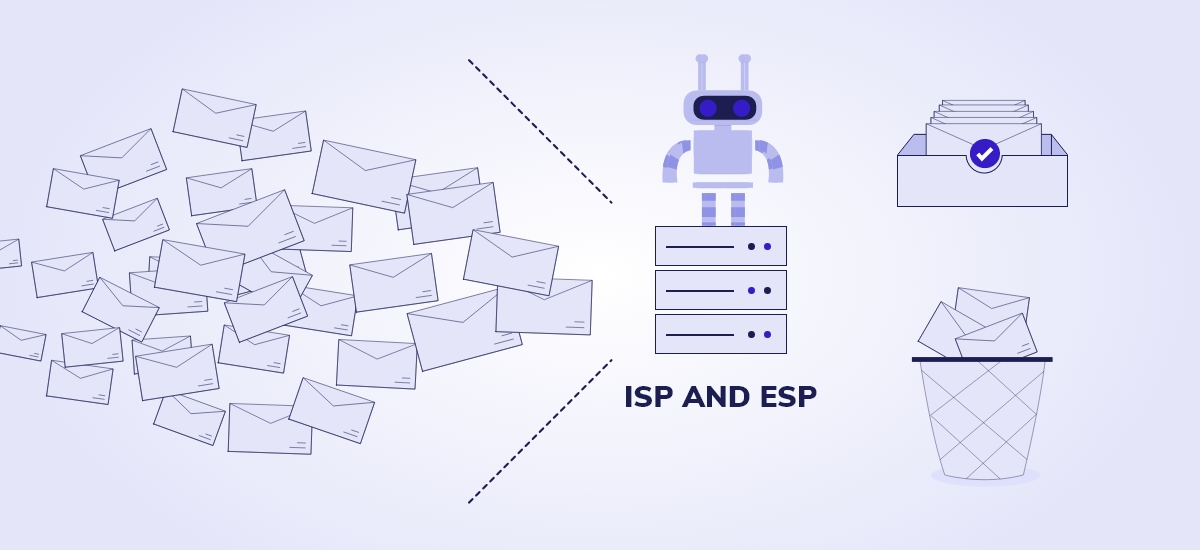
Both internet and email service providers fight spam. Over the last decade, they have managed to cut spam by 25%. However, the fight against unwanted emails continues.
Email servers use spam filters to determine whether an email being received is legitimate or spam email. Spam filters analyze the entire message and decide whether or not the recipient expected it. Spam filters also use real-time, shared databases -
called blacklists
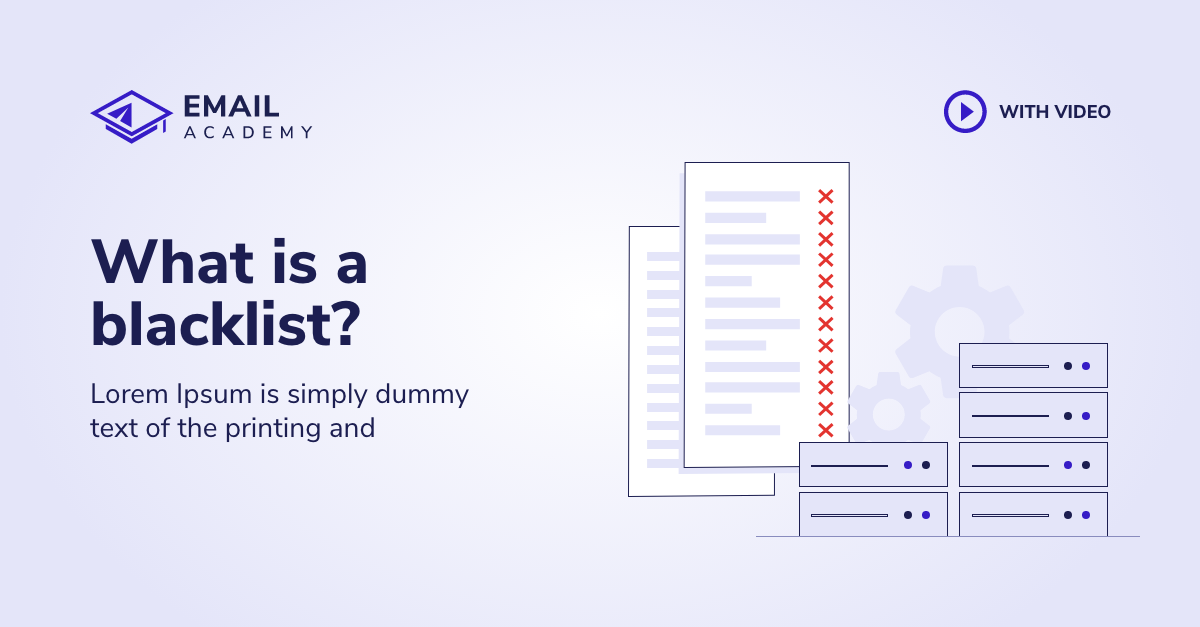 What is a blacklist?
An email blacklist is a third-party database containing the IP addresses or domains of people and organiza...
Read more »
- to evaluate the email sender. Such databases play an essential role in preventing spam emails.
You can easily find out if you are blacklisted or not
What is a blacklist?
An email blacklist is a third-party database containing the IP addresses or domains of people and organiza...
Read more »
- to evaluate the email sender. Such databases play an essential role in preventing spam emails.
You can easily find out if you are blacklisted or not
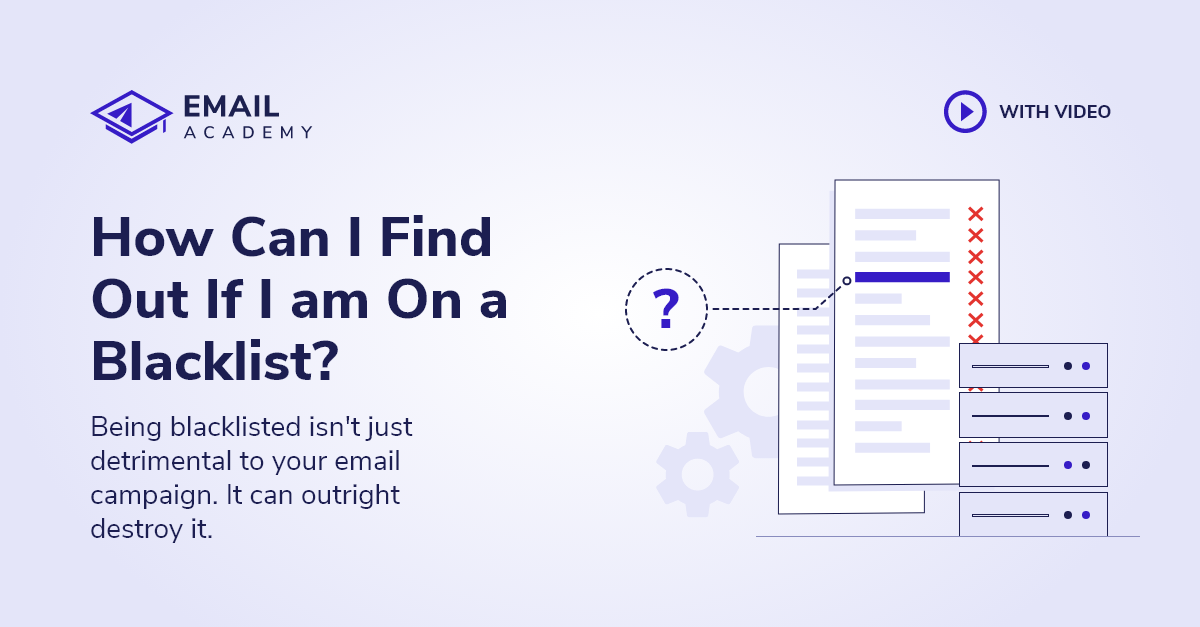 How Can I Find Out If I am On a Blacklist?
Being blacklisted isn't just detrimental to your email campaign. It can outright destroy it in most situat...
Read more »
!
How Can I Find Out If I am On a Blacklist?
Being blacklisted isn't just detrimental to your email campaign. It can outright destroy it in most situat...
Read more »
!
Spam’s impact on non-spammers
The most critical aspect of email marketing is spam. ISP’s and ESP’s must evaluate every email sent and received to lower the number of spam emails further.
Because of the increasing attention of the email providers on spam, even non-spammers have to be careful not to look like as if they were a spammer. Even a legitimate business that sends newsletters to real subscribers can find their emails in spam folders (
which is lead to lower inbox rates
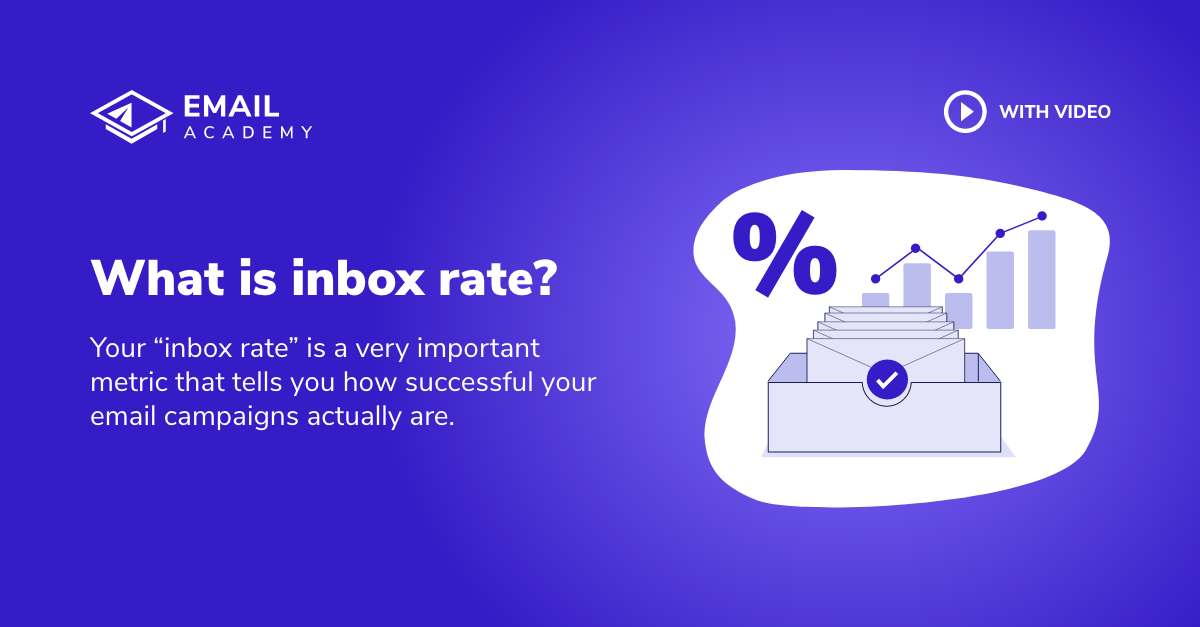 What is inbox rate?
Your "inbox rate" is a very important metric that tells you how successful your email campaigns actually a...
Read more »
) or see their emails bouncing back.
What is inbox rate?
Your "inbox rate" is a very important metric that tells you how successful your email campaigns actually a...
Read more »
) or see their emails bouncing back.
The price of the damage caused by spammers is paid by both the recipients and the legitimate businesses.
What to do if you are a spammer
If you send bulk emails to people who never subscribed to your newsletters, the only thing you can do is to stop sending them immediately. In many countries, it is illegal to send spam. And to be honest, you will never be able to boost your business with spamming.
What to do if you are not a spammer
If you are not sending unsolicited bulk emails, you can still be seen as a spammer. When reaching out to your recipients, your #1 goal must be to send both legitimate emails and emails that look legitimate.
EmailAcademy’s Email Bounce and Inbox Course will explain how you can succeed with email marketing today.
